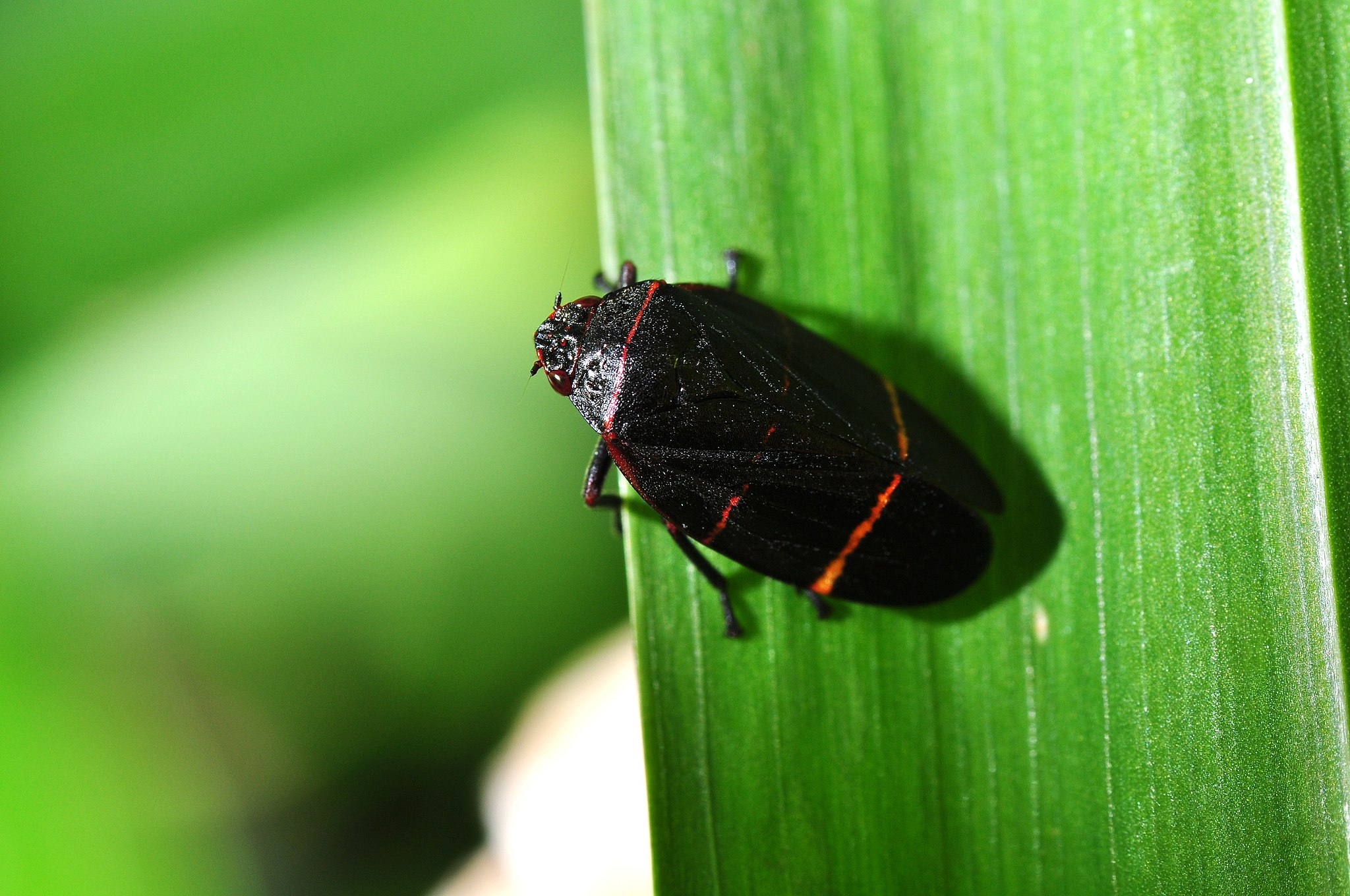Wizzie Brown, an insect specialist with the Texas A&M AgriLife Extension office, says what we think of as “spit” from spittlebugs is actually a means of protection for the bugs and a waste product.
On what she once thought about spittlebug “spit”:
When I was a kid, I always thought when I saw the spit on plants, I thought that that was toad spit and somewhere along the line, I have no idea who – it might have been my parents – they told me that if I touched the toad spit that I would get warts, which is not true because it’s not even [from] toads; it’s actually spittlebug waste.
On what a spittlebug is:
They are actually the immature stage of an insect called a “frog hopper.” So these are insects that have a incomplete lifecycle. They have an egg, several nymphal stages – which is this little bug – and then they have the adult stage, which is the frog hopper.
On where the bugs grow and what they eat:
The eggs of these insects are actually laid in leaf litter or mulched areas, and they overwinter in the egg stage. So that’s how they spend the wintertime. And then in the springtime, this little bugs emerge out and they start crawling up on plants. And these little bugs, they feed on plant fluids, but they don’t feed on sap or nectar; hey actually feed on the xylem. And that is essentially the muscles that move the water in the plant from the roots up to the rest of the plant.
On why there’s so much spittlebug waste, and how that benefits the bugs:
Xylem isn’t very nutritious, so they have to take in a lot of it because they need a lot of that to go through their system to get the nutrition that they require. They create a lot of waste material. Since they have so much going in the front end, there’s a lot coming out the back end and this is something that they actually take advantage of, and they create the spit, and that will hide them from predators that might eat them. But it also helps to protect them from various environmental conditions.














